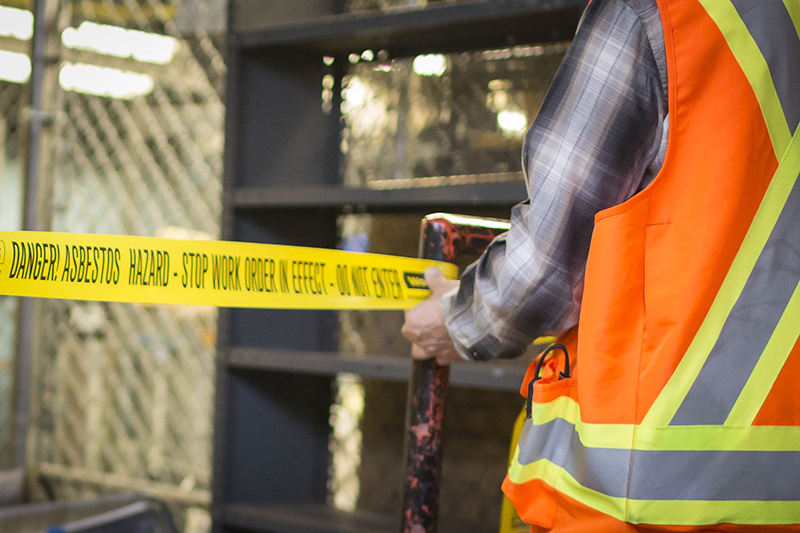Young & new workers
Workers of all ages can be injured at work, but young and new workers may be more at risk. Injuries can result from inadequate training, orientation, and supervision; inexperience; and lack of awareness of workplace rights and responsibilities. Whatever your role, we have tools and resources that can help reduce the risk. Our Student WorkSafe resources and student safety video contest are also available to help empower youth to be healthy and safe at work.
- Definition of young and new workers
- The risks
- Resources
Definition of young and new workers
The Occupational Health and Safety Regulation defines a "young worker" as any worker under age 25. A "new worker" can be any age and includes those who are new to the workplace or location, or facing new hazards.
The risks
Typical reasons why young and new workers are injured include:
- Inexperience
- Lack of training, orientation, and supervision
- Lack of understanding of their workplace
- Lack of preparation for the workplace
- Exposure to more dangerous jobs
- Hesitancy to ask questions
Highlights
- New online tool helps workers and employers manage risk by delivering a custom list of health and safety resources Published on: December 05, 2022
- New resource to help young workers prevent hearing loss Published on: June 11, 2020
Featured Content
2025-07-31 23:54:24







